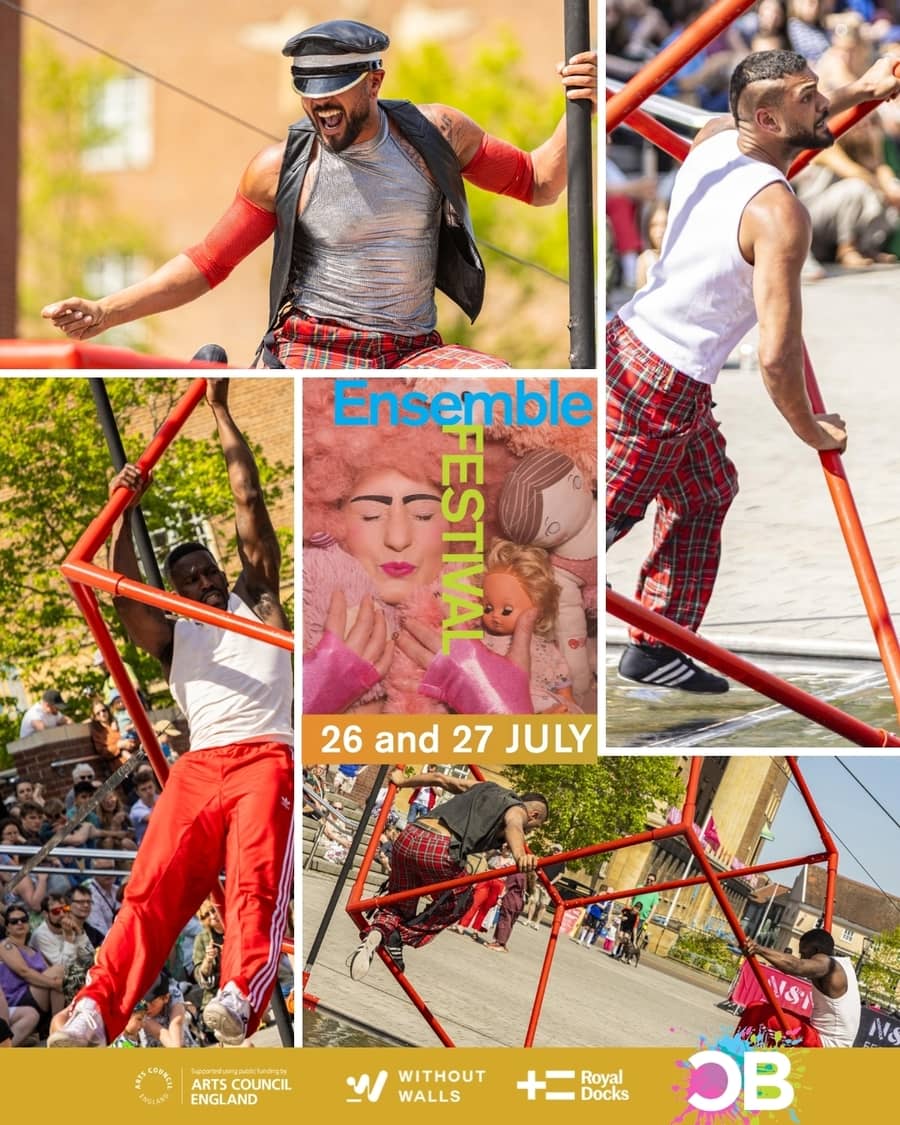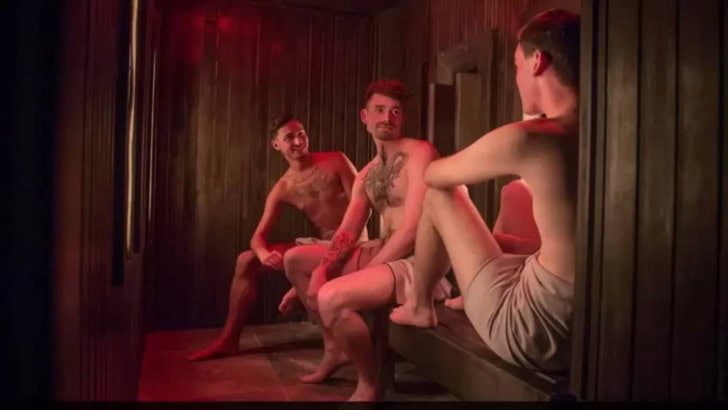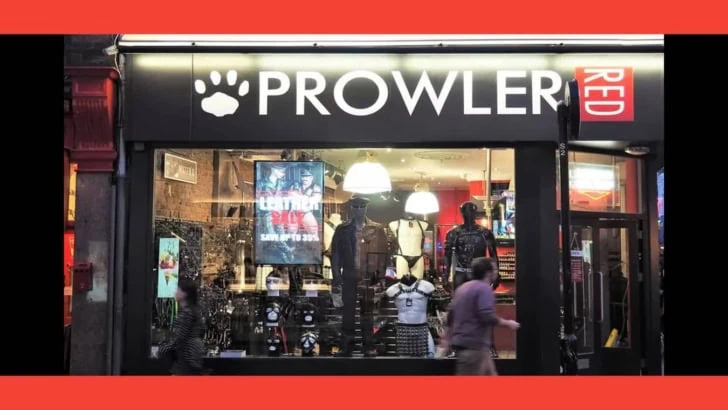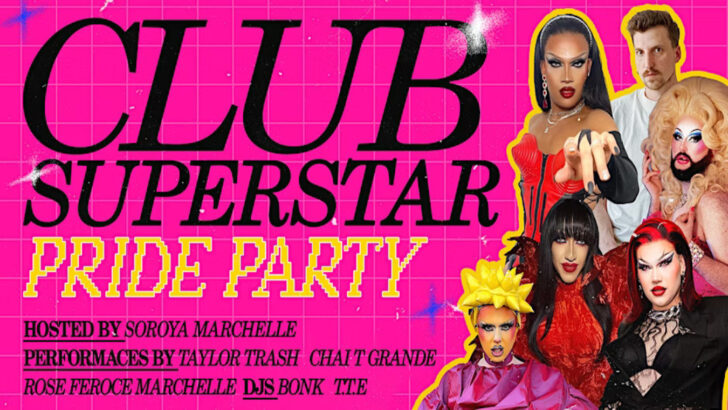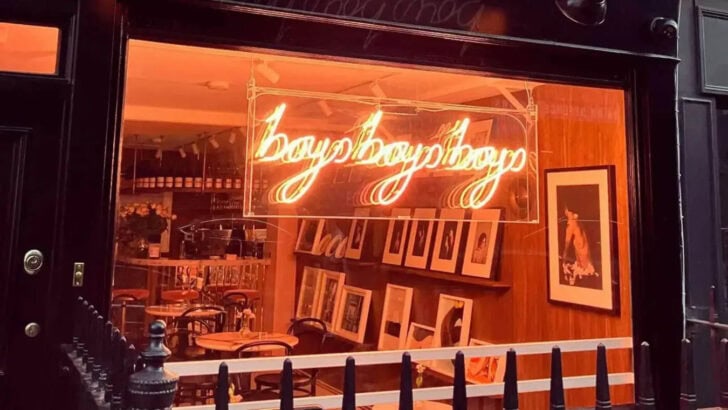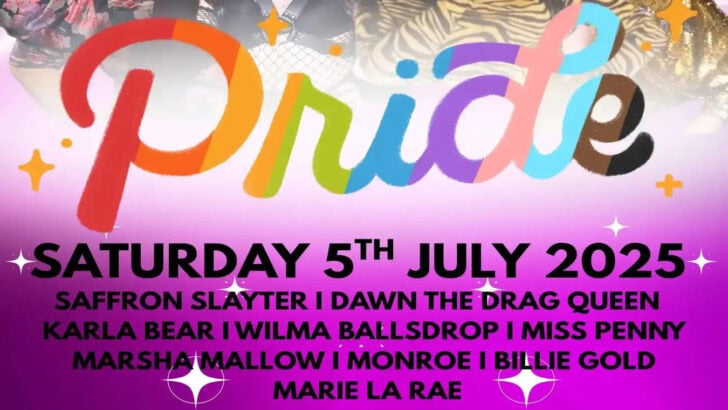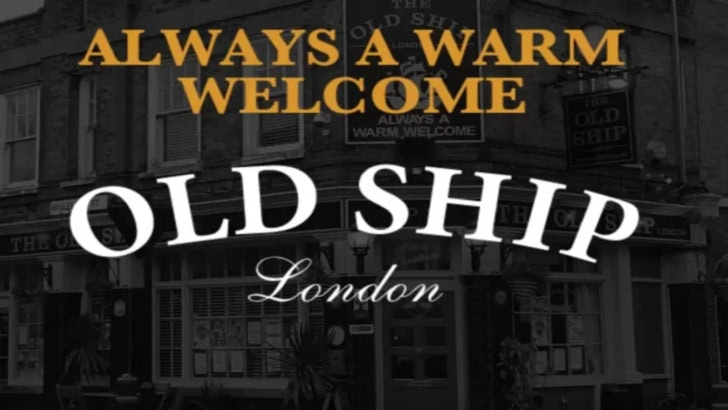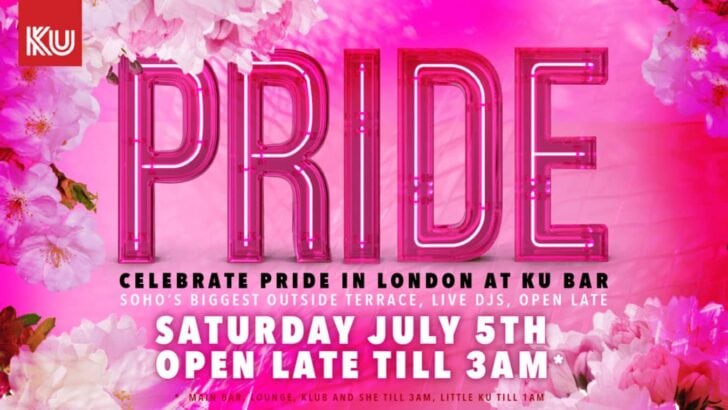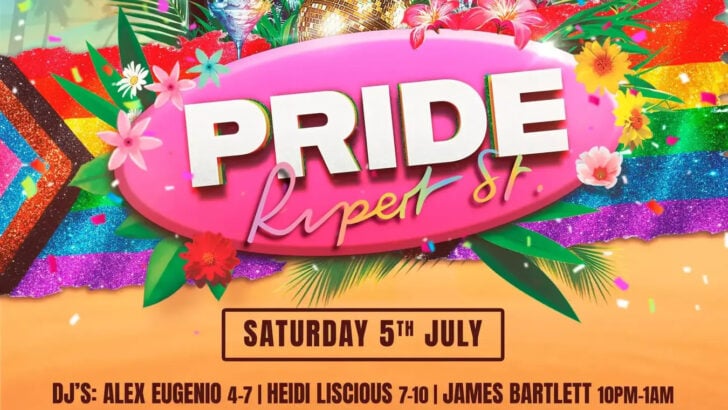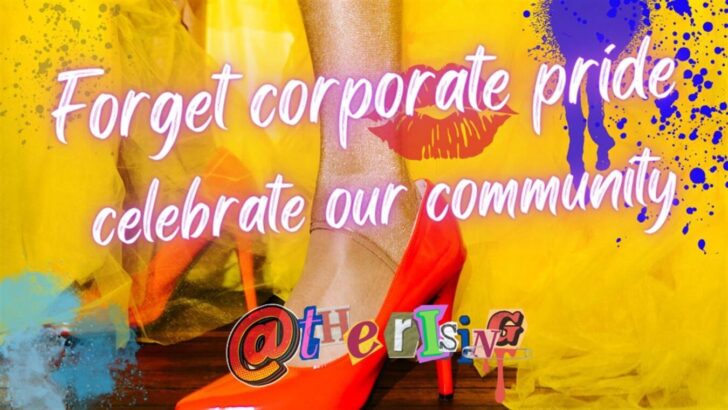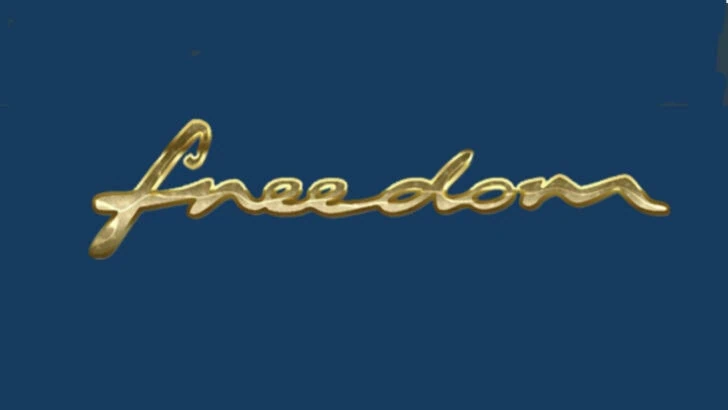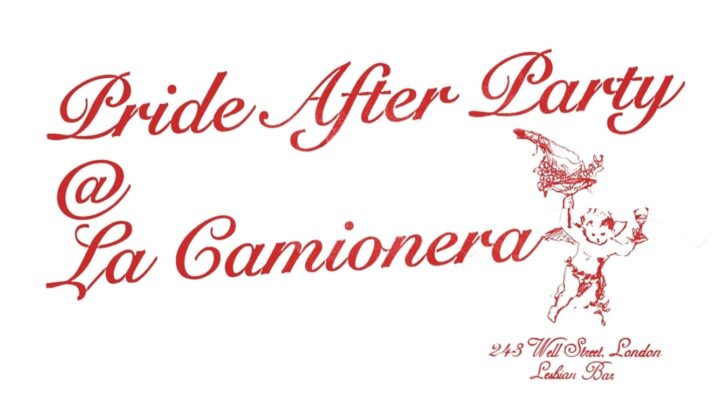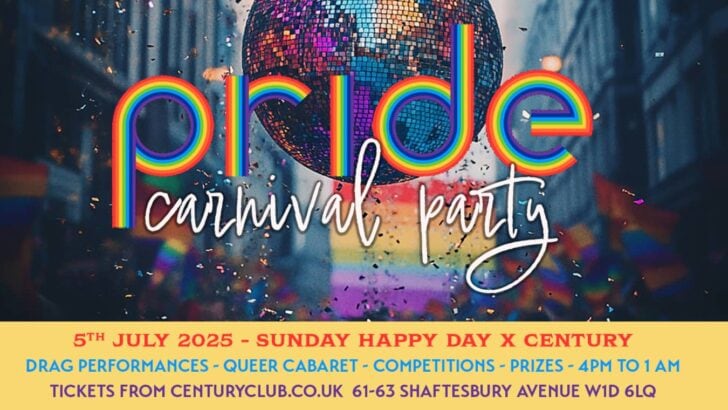… the glass smashes, limbs freeze and the fluid runs thick.
Nestled in the bowels of an industrial Hackney workspace is the ragtag studio of Alexander Glass. Plaster cast hands and torsos adorn the wall of his body shop of works-in-progress, with hardened blue resin shards piling up on shelves all covered in a film of scattered powder-white particles. Glass sits reclined behind his mac, pouring over some sketches in over-sized overalls looking the picture of a construction worker on a much-needed coffee break. We got to talking.
Your work tends to explore swimming pools, the gym and locker-rooms, what was it that drew you to these spaces?
There are two main parts. One is the awkwardness I find in those spaces. I feel like growing up as a gay kid you see yourself looking at other bodies in those spaces and find it incredibly awkward. Also, in terms of my work, I wanted to re-imagine those scenarios, but there’s also a cinematic feeling I try to draw upon. In movies and cinema, you get those spaces made so beautiful, which historically I have found frustrating and awkward. It’s rich ground for me.
We usually encounter those spaces in adolescence, in sports lessons at school, those awful wooden benches. Did your adolescent experiences of those spaces stay with you?
It’s probably why I avoided those spaces for so long afterwards. I started going to a gym relatively recently but that cross over to feeling comfortable in those spaces took a really long time. I was making work about it before I stepped back into those spaces. I can quite clearly visualise those spaces, not that anything particularly aggressive or nasty happened to me there, but it’s more the discomfort I felt.
The thing I’m really being drawn to at the moment is that I had quite a horrific accident in a swimming pool when I was quite young where a school teacher sent me to get change by myself and I slipped and hit my head on the edge of a tile.
Oh god.
I have a scar from it still. I came back into the swimming pool area bleeding from my head, and I remember this schoolteacher screaming. I’ve played back that memory quite a lot. A very horrific Carrie-esque scene. The drama of it. Those swimming pools are often associated with horror.
Going back to those spaces and re-familiarizing yourself with those kinds of spaces, has your perception of them changed?
Yes and no. I very much still act as a voyeur in those spaces which I wasn’t doing so much as a kid because I was too terrified. Now I have much more confidence in just admiring people I guess.
How does this sexualising male gaze factor into your work?
A lot of the time in works from the past few years I’ve tried to avoid bodies in them at all, but to me, there’s an inherent idea that there would be bodies in the space that I’m presenting. For example in the locker room space I made (Head in the Game,2016) there are remnants of bodies being in there, with smashed tiles, to use the fact that I know the majority of people have experienced those spaces as adolescents, knowing it’s an awkward space for people. The sexualising male gaze mostly comes through in the video work that I’ve done, repeating found clichés from cinema, recreated them myself and then looped them. It’s always a little bit embarrassing because it’s usually me filming myself because I’d find it too awkward to film someone else. They were videos of me beckoning someone to come join me in the water, which was so mortifying when my parents came to view it.
So you were sexualising your own body?
To a lot of people, it would seem quite narcissistic, and narcissism is a big part of what I’m interested in, but it’s funny because I look at how in cinema, the male bodies are the tightest bodies ever. When I film myself, I’m really anxious about how I’m going to look in it, so I dabbled in trying to look the best I can which kind of feeds into itself.
There’s been a real charge against the sexualisation of female bodies. How do you think the sexualisation of male bodies fits into that narrative?
There have been a few actors that have said in the past that the only way to combat the sexualisation of women is to sexualise men more. That’s not really the case and I don’t really believe that. The conversation about female bodies has usually been about how it’s done by the male gaze, the male director for example. When it comes to the sexualisation men people tend not to see it as a problem, which I’m not sure is or isn’t as it should be. People don’t want to admit to it. On sexualisation generally, it’s not always bad but it’s more the implications that come with it.
Did you find any sort of liberation in allowing yourself to sexualise male heterosexual bodies as a gay man, almost queering that sexualisation?
It’s always been that for me. It could be one of those internalised homophobia things, but that’s the sexual role model that has been sold to me. Your typical heartthrobs have been mostly heterosexual, but then you can use that stereotype and play it back.
Going on from that, how does your work function in this current conversation about fragile masculinity? The shattered torso on a metallic pillow in Broken Bits of Boy (made in collaboration with James William Murray) seems to really sum it up.
The ‘crisis’ to me seems to be about men being far more self-aware, and aware of how they look. The influence of Instagram seems to change how men, straight men and gay men, see themselves. It’s crazy what social media has done to the way people see themselves. That’s what I’m trying to feed into a little bit. I’m fascinated with influencer gym people, I just can’t fathom their lives. But still, I’m completely hooked and leaves me thinking “I wouldn’t mind looking like that”.
So diving into your process. What’s your starting point for a new piece?
A lot of it is gestural. A lot of imagery I take from adverts and cinema. I look for actions that I find seductive and then try and re-create that in a drawing, then taking it to a sculptural form. For example in shaving adverts they always have this moment where someone drags their fingers across their chin and feels how smooth they are, moments like that are clichéd and iconic. I find those sort of things all the time, like getting out of the swimming pool with water cascading down the body. The struggle then is finding what the best way to represent them is. It’s usually a lot of trial and error.
Do you have an intended audience in mind when you create work?
No, I don’t but I know who my audience is now. I know who contacts me. I went to this exhibition opening a little while ago and the curator said ‘Oh, we’ve had some interest in your work.’ and I ask ‘Were they a rich white elderly gay man by any chance?’, to which the answer is usually yes.
It’s great, it can be kind of funny. I have some great conversations with people. Hopefully, my appeal is slightly wider than that, because I try and make my work more about desire than it is particularly about homosexual desire. But inherently because I’m making it and it’s what I desire, it is that. Fundamentally I’d like to think about my work as seductive regardless. An aesthetic that’s very clean and glossy.
Well, surely your particular fan base is a testament to how effective your work is in evoking desire for the male form.
I hope so… The main thing I’m working on at the moment is a piece for the Terrence Higgins Trust Charity Auction, as I’m making a new piece of art for that which will be up for auction on April 15th at Christie’s which is really exciting. It was truly amazing to be contacted by them. All the money from the sale goes towards the Terrence Higgins Trust.
Amazing. So what would you say is grabbing your attention right now? What are you mulling over?
I think frustration with trying to convey my love of superheroes in my work in a similar style to how I’ve previously presented gyms and locker-rooms. Showing this new research area in the same style.
Oh, superheroes? They supposedly present this over-pumped idea of masculinity, how are you planning on bringing that back to the familiar sense that your work has?
I think the X-Men are an interesting foundation for me because I loved them as a kid, loved them as a teenager and love them now. Besides the clear allegory for civil rights and X-Men, it’s quite interesting to see them that way, but now I’m concentrating on the figure of Iceman who retroactively had to come out in recent comics. Despite being around since the ’60s, they had this confusing storyline where a younger version of himself from a different world came out, so the contemporary version of him goes “oh, actually I’m gay now”. Really weird. He’s also one of those character’s who’s constantly in very small outfits, very attractive. He’d just wear a pair of Speedos and then he’d be icey. Playing with the idea of a sculpture of him…
Well, can’t wait to see how it turns out.
You can find out more about Alexander Glass over at AlexanderGlassSculpture.com, and be sure to follow him Instagram, @GLASSALEXANDER.




